Table of Contents
ToggleIntroduction to PDO Thread Lift

PDO thread lift, also known as polydioxanone (PDO) thread lift, is a minimally invasive cosmetic procedure that aims to lift and tighten the skin on the face and neck. This innovative technique utilizes fine, dissolvable threads made of PDO material to create a subtle yet noticeable improvement in the appearance of aging or sagging skin.
The PDO thread lift procedure has gained popularity in recent years as a way to achieve a more youthful and rejuvenated look without the need for more invasive surgical options. By strategically placing these threads beneath the skin, the procedure can lift and reposition sagging tissues, resulting in a more contoured and lifted facial appearance.
What is PDO Thread Lift?

A PDO thread lift is a cosmetic procedure that involves the insertion of fine, dissolvable threads made of polydioxanone (PDO) material into the skin. These threads are designed to lift and tighten the skin, creating a more youthful and rejuvenated appearance. The threads are placed in specific patterns and locations on the face and neck to target areas of concern, such as sagging jowls, nasolabial folds, and loose skin.
Historical Background of PDO Thread Lifts

The concept of using threads to lift and tighten the skin has been around for decades, with various techniques and materials being explored over the years. However, the use of PDO threads specifically for cosmetic procedures gained traction in the early 2000s, primarily in Asia. As the technique gained popularity and evidence of its efficacy grew, it began to spread to other parts of the world, including Europe and North America.
Benefits of PDO Thread Lifts
PDO thread lifts offer several benefits compared to traditional surgical face lifts:
- Minimally Invasive: The procedure is performed through small entry points in the skin, rather than requiring extensive incisions and surgical dissection.
- Shorter Downtime: Patients typically experience a shorter recovery period, with most able to return to their normal activities within a few days.
- Natural-Looking Results: The threads help to gently lift and reposition the skin, creating a more natural and rejuvenated appearance.
- Reversible: If desired, the effects of the threads can be reversed, as they are designed to dissolve over time.
- Cost-Effective: PDO thread lifts are generally more affordable than surgical face lifts.
The Science Behind PDO Threads

Composition and Types of PDO Threads
PDO threads are made from a synthetic, biocompatible, and biodegradable material called polydioxanone. This material has been used in medical sutures for decades and is known for its safety and effectiveness in the human body.
There are several different types of PDO threads available, each with its own unique characteristics and applications. These include:
- Smooth Threads: These are simple, mono-filament threads that provide a subtle lifting effect.
- Barbed Threads: These threads have small, bi-directional barbs along the length of the thread, which help to grip and lift the skin more effectively.
- Twisted Threads: These threads are composed of multiple, twisted filaments, which can provide a more dramatic lifting effect.
- Cogged Threads: These threads have small, unidirectional cogs along the length, which help to anchor the thread and provide a more secure lift.
How PDO Threads Work in the Skin
When inserted into the skin, the PDO threads create a mechanical lift by anchoring the skin to the underlying tissues. The threads help to reposition and support sagging or loose skin, resulting in a more youthful and contoured appearance.
Over time, the PDO threads also stimulate the body’s natural wound healing response, leading to the production of new collagen and elastin fibers. This helps to improve skin tone, texture, and elasticity, further enhancing the lift and tightening effects.
Biological Response to PDO Threads
The body’s response to the insertion of PDO threads is a complex and multi-faceted process. When the threads are placed in the skin, the body recognizes them as a foreign material and initiates a series of biological reactions, including:
- Inflammatory Response: The initial insertion of the threads triggers a mild, localized inflammatory response, as the body recognizes the threads as a potential threat.
- Collagen Production: The presence of the threads stimulates the skin’s fibroblasts to produce new collagen and elastin fibers, which help to improve skin quality and texture over time.
- Tissue Remodeling: As the threads begin to dissolve, the body’s natural wound healing process leads to the remodeling of the surrounding tissues, helping to maintain the lifted and contoured appearance.
- Neovascularization: The insertion of the threads can also stimulate the formation of new blood vessels (neovascularization), which improves blood flow and nutrient delivery to the treated area.
Anatomy Relevant to PDO Thread Lifts
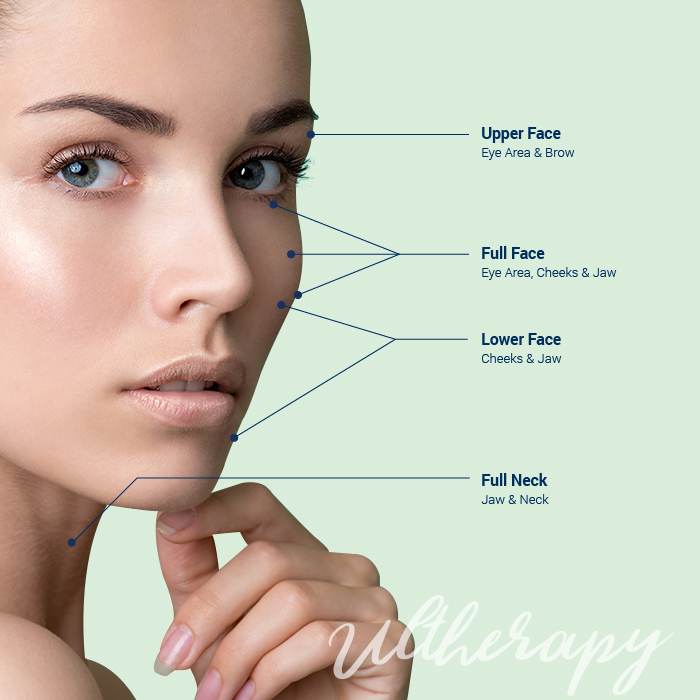
Key Facial Structures Involved
The PDO thread lift procedure targets specific facial structures and tissues to achieve the desired lifting and tightening effects. Some of the key anatomical structures involved include:
- Skin and Subcutaneous Tissue: The PDO threads are inserted into the deeper layers of the skin and the underlying subcutaneous tissue, where they can effectively lift and reposition the skin.
- Facial Muscles: The threads can be strategically placed to support and lift the underlying facial muscles, such as the platysma muscle in the neck and the orbicularis oculi muscle around the eyes.
- Fascia: The threads can also be used to anchor to the facial fascia, which is a thin layer of connective tissue that supports the skin and underlying structures.
Skin Layers and Their Importance
The skin is composed of three main layers: the epidermis, the dermis, and the subcutaneous tissue. Understanding the characteristics and properties of these layers is crucial for successful PDO thread lift procedures:
- Epidermis: The outermost layer of the skin, the epidermis, is not directly targeted during a PDO thread lift, as the threads are inserted deeper into the skin.
- Dermis: The middle layer of the skin, the dermis, contains the majority of the skin’s collagen and elastin fibers. This is the layer where the PDO threads are typically placed, as it provides a strong and stable foundation for the threads to anchor to.
- Subcutaneous Tissue: The deepest layer of the skin, the subcutaneous tissue, is also an important target for PDO threads. This layer contains fat and connective tissues that can be lifted and repositioned to achieve the desired cosmetic results.
Age-Related Changes in Facial Anatomy
As individuals age, the facial anatomy undergoes a series of changes that can lead to the development of sagging, wrinkles, and a loss of volume. These age-related changes are crucial to understand when considering a PDO thread lift procedure:
- Skin Laxity: The skin’s natural elasticity and collagen production decrease with age, leading to a loss of skin tightness and the development of sagging.
- Fat Redistribution: The distribution of facial fat changes over time, with some areas experiencing a loss of volume while others become more prominent, contributing to a more aged appearance.
- Muscle Weakening: The facial muscles can become weaker and less toned, leading to a loss of definition and a more drooping appearance.
- Bone Resorption: The gradual resorption of facial bones can also contribute to the development of a more aged and sunken facial appearance.
Understanding these age-related changes in facial anatomy is essential for developing an effective PDO thread lift treatment plan that addresses the specific needs and concerns of each individual patient.
PDO Thread Lift Techniques

Different Techniques Used
There are several different techniques and approaches that can be used in a PDO thread lift procedure, each with its own unique benefits and considerations:
- Suspension Technique: This method involves the placement of threads in a vertical or diagonal pattern to lift and support sagging tissues, such as the jowls or neck.
- Lifting Technique: This approach utilizes threads placed in a horizontal or criss-cross pattern to lift and tighten the skin, particularly in the cheeks, forehead, or brow area.
- Volumizing Technique: This technique employs the use of threads to add volume and fullness to specific areas of the face, such as the cheeks or temples.
- Combination Techniques: Many practitioners may use a combination of these techniques to achieve a more comprehensive and personalized result for the patient.
Selecting the Appropriate Technique
The selection of the appropriate PDO thread lift technique is critical to achieving the desired results and addressing the patient’s specific concerns. Factors that must be considered when choosing the right technique include:
- Skin Laxity: The degree of skin laxity and sagging in the target area will determine the most suitable thread lift technique.
- Facial Anatomy: The unique characteristics and proportions of the patient’s facial anatomy will also influence the choice of technique.
- Desired Outcome: The patient’s aesthetic goals and desired outcomes will guide the selection of the most appropriate thread lift method.
- Practitioner Expertise: The experience and expertise of the practitioner performing the procedure will also play a role in determining the best technique to use.
Considerations for Personalized Treatments
When performing a PDO thread lift, it is essential to take a personalized approach that addresses the unique needs and concerns of each individual patient. Some key considerations for personalized treatments include:
- Facial Analysis: A thorough analysis of the patient’s facial features, skin condition, and areas of concern is crucial for developing a tailored treatment plan.
- Thread Placement: The precise placement and distribution of the PDO threads must be carefully planned to achieve the desired lifting and tightening effects.
- Combination Treatments: In some cases, the PDO thread lift may be combined with other cosmetic procedures, such as dermal fillers or neuromodulators, to achieve a more comprehensive result.
- Patient Expectations: Managing the patient’s expectations and ensuring they have a clear understanding of the potential outcomes is essential for achieving satisfactory results.
By taking a personalized approach to PDO thread lift treatments, practitioners can help ensure that each patient receives a customized solution that addresses their individual needs and concerns.
Diagram Overview PDO Thread Lift
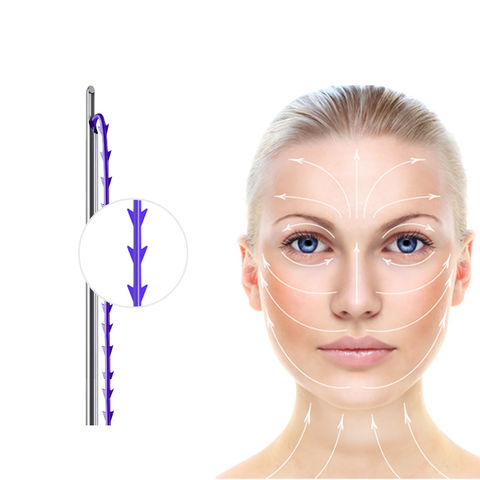
Key Components of a PDO Thread Lift Diagram
A comprehensive PDO thread lift diagram typically includes the following key components:
- Facial Anatomy: The diagram will depict the relevant facial structures, such as the skin layers, muscles, and underlying connective tissues.
- Thread Placement: The diagram will illustrate the specific locations and patterns where the PDO threads are inserted, highlighting the target areas for lifting and tightening.
- Thread Types: The diagram may also include representations of the different types of PDO threads, such as smooth, barbed, or cogged threads, and their respective applications.
- Lifting Vectors: The diagram will often include arrows or other visual cues to indicate the direction and magnitude of the lifting forces created by the PDO threads.
- Anatomical Landmarks: The diagram may incorporate important anatomical landmarks, such as the hairline, jawline, and other facial features, to provide context and guide the placement of the threads.
How to Read a PDO Thread Lift Diagram
When interpreting a PDO thread lift diagram, it is essential to understand the following:
- Orientation: The diagram should clearly indicate the orientation of the face, such as whether it is a frontal or side view.
- Thread Placement: Identify the specific locations where the PDO threads are being placed and how they are being distributed across the face and neck.
- Thread Types: Understand the different types of PDO threads being used and their unique characteristics and applications.
- Lifting Vectors: Observe the direction and magnitude of the lifting forces indicated by the arrows or other visual cues in the diagram.
- Anatomical Landmarks: Use the provided anatomical landmarks to orient yourself and understand how the thread placement relates to the patient’s facial anatomy.
By carefully analyzing the information presented in a PDO thread lift diagram, practitioners and patients can gain a better understanding of the planned procedure and its expected outcomes.
Common Symbols and Annotations in Diagrams
PDO thread lift diagrams may incorporate various symbols and annotations to convey important information. Some common examples include:
- Thread Types: Different thread types, such as smooth, barbed, or cogged, may be represented using specific symbols or color-coding.
- Insertion Points: The entry points for the PDO threads may be marked with small dots or crosses.
- Lifting Vectors: Arrows or other visual cues may be used to indicate the direction and magnitude of the lifting forces.
- Anatomical Landmarks: Key facial structures, such as the hairline, jawline, or nasolabial folds, may be labeled or highlighted.
- Procedural Steps: Diagrams may include annotations or numbers to indicate the sequence of the thread placement or other procedural steps.
Understanding the meaning and significance of these symbols and annotations is crucial for accurately interpreting the information presented in a PDO thread lift diagram.
Procedure Steps Illustrated in the Diagram
Initial Consultation Process
The initial consultation process for a PDO thread lift is a crucial step that lays the foundation for a successful procedure. During this phase, the practitioner will typically:
- Conduct a thorough facial analysis to assess the patient’s skin condition, areas of concern, and desired outcomes.
- Discuss the patient’s medical history and any relevant health conditions that may impact the procedure.
- Explain the PDO thread lift procedure in detail, including the expected results, potential risks, and recovery process.
- Collaborate with the patient to develop a personalized treatment plan that addresses their unique needs and concerns.
- Obtain the patient’s informed consent and ensure they have a clear understanding of the procedure and its implications.
Preparation for the Procedure
Prior to the PDO thread lift procedure, the practitioner will take several preparatory steps, which may be illustrated in the diagram:
- Marking the injection sites and planned thread placement locations on the patient’s face and neck.
- Cleansing and disinfecting the treatment areas to ensure a sterile environment.
- Administering a local anesthetic to minimize discomfort during the procedure.
- Selecting the appropriate types and lengths of PDO threads based on the patient’s individual needs.
Application of PDO Threads
The core of the PDO thread lift procedure involves the strategic placement of the threads beneath the skin. This process may be depicted in the diagram, including:
- The entry points where the threads are inserted into the skin.
- The specific patterns and directions in which the threads are placed to achieve the desired lifting and tightening effects.
- The use of specialized insertion tools, such as cannulas or needles, to guide the threads to their targeted locations.
- The anchoring of the threads to the underlying facial structures, such as the fascia or muscles, to ensure a stable and long-lasting lift.
Post-Procedure Care
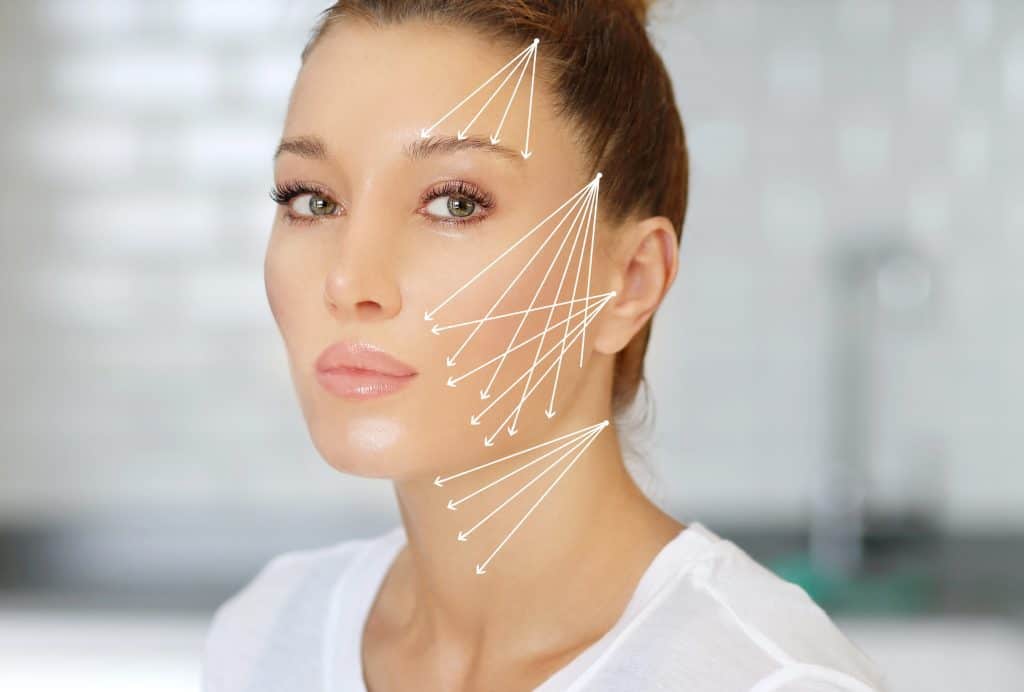
Immediate Aftercare Instructions
Following the PDO thread lift procedure, the practitioner will provide the patient with specific aftercare instructions, which may include:
- Applying cold compresses or ice packs to the treated areas to reduce swelling and discomfort.
- Avoiding strenuous activities or exercise for a certain period to allow the threads to properly integrate with the surrounding tissues.
- Maintaining good hygiene and gently cleansing the treated areas as directed.
- Avoiding certain skincare products or activities that may interfere with the healing process.
Long-term Maintenance and Care
In addition to the immediate aftercare, patients who undergo a PDO thread lift will also need to follow a long-term maintenance and care regimen to ensure optimal and lasting results. This may involve:
- Regular follow-up appointments with the practitioner to monitor the progress and longevity of the thread lift.
- Incorporating specific skincare products and routines to support the health and elasticity of the treated areas.
- Avoiding activities or behaviors that could potentially compromise the integrity of the threads, such as excessive sun exposure or rapid weight fluctuations.
- Considering the need for additional treatments, such as touch-ups or supplementary procedures, to maintain the desired aesthetic over time.
Signs of Complications to Watch For
While PDO thread lifts are generally safe and well-tolerated, there are some potential complications that patients should be aware of and monitor for. These may include:
- Visible thread protrusions or extrusions through the skin.
- Persistent or worsening swelling, redness, or discomfort at the treatment sites.
- Signs of infection, such as increased pain, heat, or discharge.
- Asymmetrical or uneven results due to thread migration or displacement.
- Rare but serious complications, such as nerve damage or vascular complications.
Patients should be instructed to promptly report any concerning symptoms or changes to their practitioner for prompt evaluation and appropriate treatment.
Expected Outcomes and Results
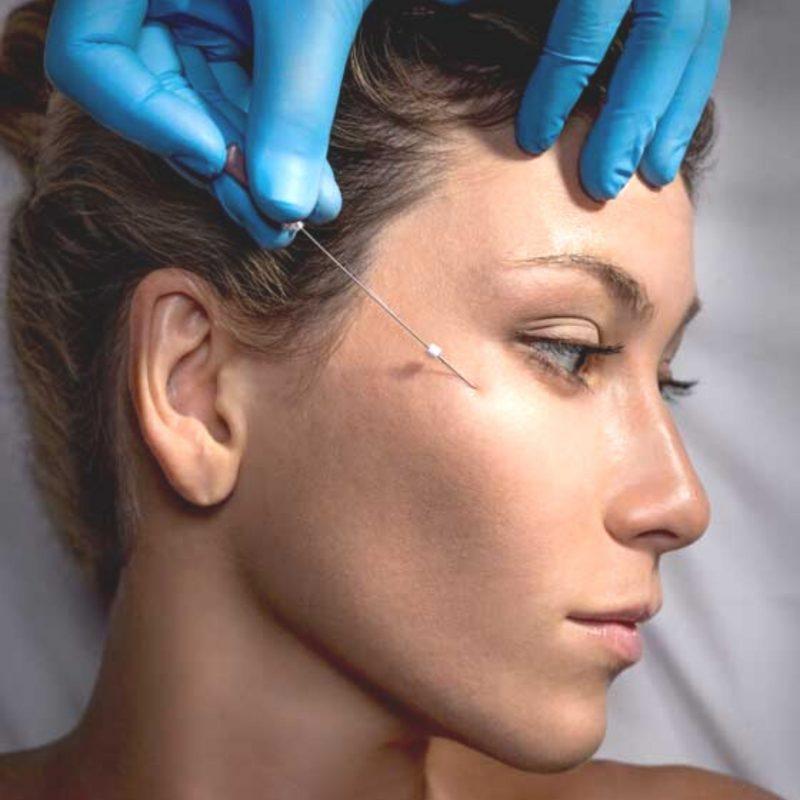
Timeline for Visible Results
Patients undergoing a PDO thread lift procedure can typically expect to see some initial results within the first few days after the treatment. These early results may include a subtle lifting and tightening of the skin, as well as a reduction in the appearance of fine lines and wrinkles.
Over the following weeks and months, as the body’s natural healing processes continue, the full effects of the PDO thread lift will become more evident. Patients may notice:
-a gradual improvement in skin texture, firmness, and elasticity. The PDO threads stimulate collagen production, which contributes to long-term lifting effects as the body continues to respond to the threads over time.
Typically, the most pronounced results are observed around three to six months after the procedure. During this period, the threads dissolve, but their impact remains thanks to the newly formed collagen. This timeline can vary based on individual factors such as age, skin condition, lifestyle choices, and adherence to post-procedure care instructions.
Longevity of Results from PDO Thread Lifts
The longevity of results from a PDO thread lift commonly extends from six months to two years, depending on various factors. The unique design of PDO threads serves not only to provide an immediate physical lift but also to promote collagen synthesis, which adds to their effectiveness over time.
Factors that influence the durability of the results include:
- Individual Biology: Each patient’s skin type and healing response plays an essential role in how effectively the threads can produce lasting results.
- Thread Quality: The specific PDO materials used in the threads can impact their dissolving rate and the extent of collagen stimulation.
- Aftercare Practices: Following recommended skincare regimens and avoiding high-impact activities post-treatment can prolong the aesthetic benefits of the threads. Patients often find that while the immediate lifting effects may soften over time, they retain a refreshed appearance due to the collagen boost initiated by the PDO threads.
Comparison with Other Cosmetic Procedures
When comparing PDO thread lifts to other cosmetic procedures, it is essential to consider various elements like recovery times, longevity, invasiveness, and the extent of visible changes. Traditional surgical facelifts offer more dramatic, longer-lasting results but require significant downtime and come with increased risks associated with anesthesia and surgical procedures.
In contrast, PDO thread lifts present a less invasive option with minimal downtime-related restrictions. Patients can generally return to normal activities within a few days, making it an appealing choice for those looking for effective results without the extensive commitment required by surgery.
Moreover, unlike dermal fillers, which deliver temporary volume but require frequent refreshers, PDO thread lifts encourage the body’s natural processes to enhance skin quality and shape. This underscores the appeal among those seeking a balance between effective rejuvenation and lower intervention.
Risks and Considerations

Potential Side Effects of PDO Thread Lifts
As with any cosmetic procedure, patients must be aware of potential side effects when considering a PDO thread lift. While most individuals tolerate the treatment well, some common reactions may arise shortly after the procedure.
Typical side effects include swelling, bruising, and tenderness at the insertion points. These symptoms usually resolve spontaneously within a few days. However, there is also a risk of more severe complications, such as infection or allergic reactions to the thread material, although these instances remain rare.
It’s crucial for patients to engage in a thorough consultation with their practitioner beforehand to discuss any pre-existing conditions that could heighten susceptibility to adverse effects.
Contraindications for Treatment
Certain contraindications must be considered before undergoing a PDO thread lift. Not all individuals are suitable candidates for this type of treatment, particularly those with the following conditions:
- Blood clotting disorders or those on blood-thinning medication, increasing the likelihood of bleeding or bruising.
- Active infections or open wounds on the face, which can escalate the risk of postoperative complications.
- Patients with certain autoimmune diseases or those prone to keloid formation should weigh their options carefully, as healing responses can differ significantly.
Consultation with a knowledgeable healthcare provider ensures that only qualified candidates proceed with treatment, minimizing risks while maximizing desired outcomes.
Importance of Choosing a Qualified Practitioner
Selecting a qualified practitioner is paramount to the success and safety of a PDO thread lift. An experienced professional will have a track record of successful procedures, knowledge of facial anatomy, and expertise in appropriate techniques tailored to individual patient needs. A skilled practitioner implements best hygiene practices, ensuring both safety and efficacy during the procedure.
Patients should actively seek out practitioners who last attended reputable training programs, have pertinent certifications, and possess ideally supportive testimonials or reviews from previous clients. The depth of experience the practitioner brings significantly affects patient satisfaction and the overall outcome of the PDO thread lift.
Conclusion
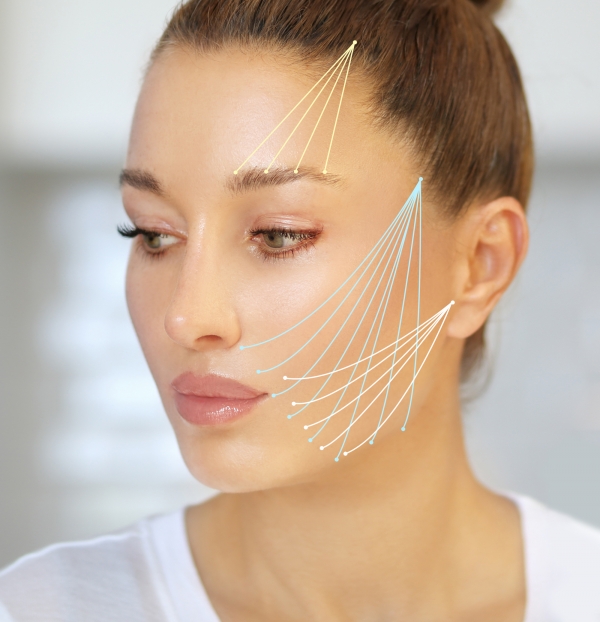
PDO thread lifts emerge as a compelling non-surgical solution for individuals aiming to revitalize their appearance through skin tightening and contouring. By understanding the intricate details surrounding the process—from the science behind the threads to the importance of post-procedure care—patients can make informed choices regarding their skincare journeys.
With precise attention paid to personal anatomical considerations and individualized treatment plans, a PDO thread lift can greatly enhance one’s features with minimal downtime. Ultimately, choosing a qualified practitioner and maintaining a proactive attitude towards health plays a critical role in achieving enduring, desirable results. As always, informed decisions lead to remarkable transformations, paving the way for renewed confidence and self-image.
Contact us via other platforms if you have any questions or requests that need to be answered quickly.
Tiktok: www.tiktok.com/@lunabeautyacademy6
Hotline: 034 254 0228
Email: lunabeautyacademy@gmail.com
Address: No. 29, Alley 140/1/2, Lane 140 Nguyen Xien, Thanh Xuan, Hanoi
Luna wishes you success and hopes you will have the best experiences at the academy. If you need advice or answers about anything, please leave your Contact Information With Us, the Luna team will contact you soon. Thank you for reading this article


















